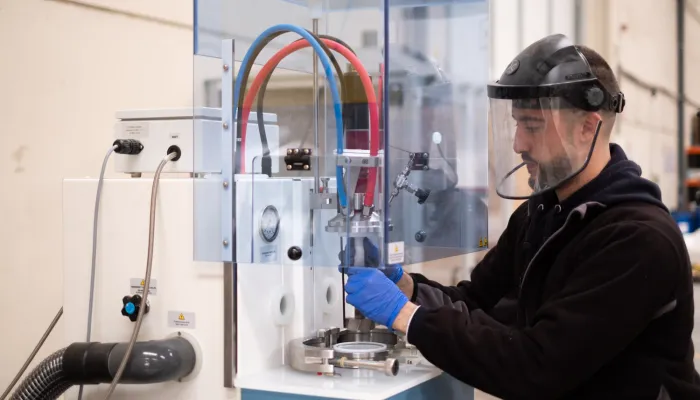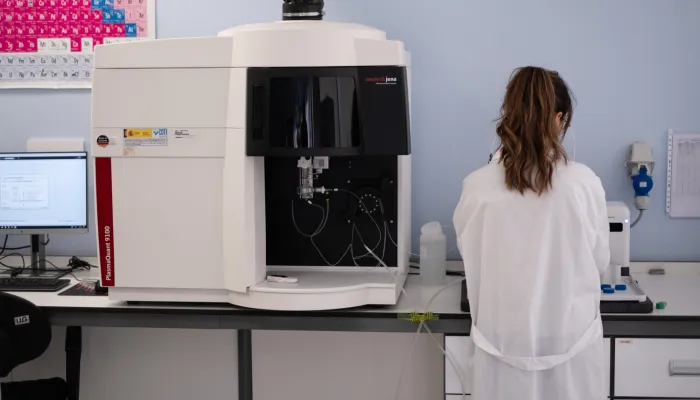Environmental Product Declaration - A tool for environmental information and comparison between products

Communicating the environmental performance of products in a standardised way is becoming increasingly important for companies due to market and supplier demand and regulatory requirements. Therefore, Environmental Product Declarations (EPDs) are a powerful decision-making tool and a clear and transparent strategy to communicate the environmental profile to all stakeholders.
It is also a way to increase the competitiveness and positioning of a product in the market by enabling organisations to market their products in increasingly demanding markets, including export, to adapt to future changes in public and private procurement regulatory criteria and to optimise local resources from a circularity perspective.
What is an Environmental Product Declaration?
Environmental Product Declarations (EPDs) are documents that provide transparent and independently verifiable third party information on the environmental performance of a product based on a Life Cycle Assessment (LCA) of the product. They are regulated by ISO 14025 and allow companies to compare products that fulfil the same function.
An EPD, although it can be considered an 'ecolabel', differs from other schemes regulated by ISO 14020 standards because it does not require minimum requirements to be certified, but shows the results of the LCA in order to provide an overall picture of the environmental performance of the product. This means that having a verified EPD does not necessarily lead to a lower environmental impact but it is a valuable tool for suppliers or customers to compare their products with similar products.
In this context, an EPD cannot be understood without the development of an LCA study to support it, since the latter is the working methodology that evaluates the environmental profile of the product and the EPD is the document that collects the results and certifies them. Contact us to obtain an Environmental Product Declaration (EPD).
How to get an Environmental Product Declaration?
The steps to follow to obtain the verification of an EPD and the conditions it must fulfil are:
- Check the existence of a reference Product Category Rule (PCR) that includes the type of product for which the EPD is to be produced.
- Define the objectives, scope, system boundaries and functional unit of the LCA study.
- Draw up the Life Cycle Inventory of the system.
- Assess the environmental impact.
- Draft the LCA report.
- Draft the EPD.
- Pass the EPD verification audit.
- Register the EPD on the Scheme's website.
CIRCE can help interested companies to obtain the final verification by an independent party by accompanying the organisation throughout the process, through a Life Cycle Assessment (LCA) of industrial and building sustainability.
Sector and export requirements
Environmental Construction Product Declaration
Environmental Product Declarations (EPD) are becoming increasingly important in the construction sector, due to both legislative initiatives by public administrations and public and private purchasing requirements.
At European level, there is a Construction Products Regulation (CPR) that establishes the conditions for construction products based on basic requirements that must be met by the works, including RB 3 hygiene, health and environment; RB 6 energy saving and thermal insulation; and RB 7 sustainable use of natural resources, and EPDs are explicitly mentioned in the EU Construction Products Regulation 305/2011.
The same applies to the Technical Building Code, the regulatory framework that establishes the requirements to be met by buildings in relation to the basic safety and habitability requirements set out in the Building Law (LOE), which in 2015 included EPDs for steel and cement products.
In the private sector, EPDs are recognised in widely used building certification schemes such as the American LEED, the British BREEAM or the Spanish VERDE. In this way, the information contained in EPDs is used in the LCAs of buildings that are required in these types of environmental labels and award points to improve their final classification.
Regulatory requirements on the French market
LCompanies that are exporting or are thinking of exporting their products to France will have to take into account that in some cases the French market requires a EPD, and not having this type of document is a barrier to entry for non-domestic products.
The so-called Grenelle Law has led manufacturers and distributors in the French market to implement the calculation of the environmental variable of their products and to communicate this information on their products, a requirement that extends to imported products.






